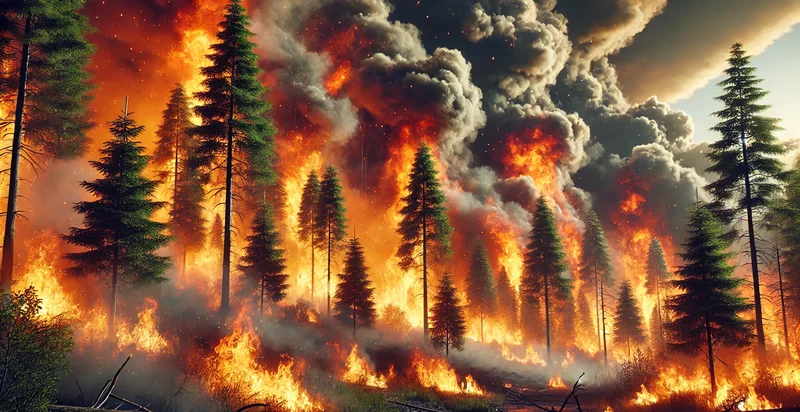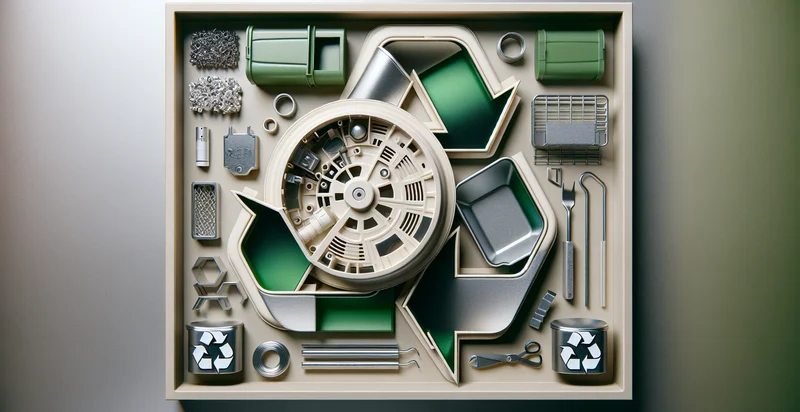Identify smoke
using AI
Below is a free classifier to identify smoke. Just upload your image, and our AI will predict if there's smoke or not - in just seconds.


For informational purposes only. Nyckel is not offering official safety advice.
Contact us for API access
Or, use Nyckel to build highly-accurate custom classifiers in just minutes. No PhD required.
Get started
import nyckel
credentials = nyckel.Credentials("YOUR_CLIENT_ID", "YOUR_CLIENT_SECRET")
nyckel.invoke("smoke-identifier", "your_image_url", credentials)
fetch('https://www.nyckel.com/v1/functions/smoke-identifier/invoke', {
method: 'POST',
headers: {
'Authorization': 'Bearer ' + 'YOUR_BEARER_TOKEN',
'Content-Type': 'application/json',
},
body: JSON.stringify(
{"data": "your_image_url"}
)
})
.then(response => response.json())
.then(data => console.log(data));
curl -X POST \
-H "Content-Type: application/json" \
-H "Authorization: Bearer YOUR_BEARER_TOKEN" \
-d '{"data": "your_image_url"}' \
https://www.nyckel.com/v1/functions/smoke-identifier/invoke
How this classifier works
To start, upload your image. Our AI tool will then predict if there's smoke or not.
This pretrained image model uses the Fire Smoke CV Project dataset and has 3 labels, including Fire, Smoke, or Safe.
We'll also show a confidence score (the higher the number, the more confident the AI model is around if there's smoke or not).
Whether you're just curious or building smoke detection into your application, we hope our classifier proves helpful.
Related Classifiers
Need to identify smoke at scale?
Get API or Zapier access to this classifier for free. It's perfect for:
- Industrial facilities: Detects smoke in manufacturing plants and factories. Triggers early warning systems to prevent fire-related accidents.
- Commercial kitchens: Identifies smoke in restaurant and cafeteria kitchens. Alerts staff to potential fire hazards before they escalate.
- Data centers: Monitors for smoke in server rooms and IT infrastructure areas. Protects valuable equipment from smoke and fire damage.
- Parking garages: Detects vehicle exhaust smoke in enclosed parking structures. Activates ventilation systems to maintain air quality.
- Laboratory settings: Identifies chemical smoke in research and testing facilities. Alerts personnel to potential hazardous reactions or spills.
- Outdoor events: Monitors for smoke at large outdoor gatherings and festivals. Helps organizers quickly locate and address potential fire sources.
- Waste management facilities: Detects smoke in recycling centers and waste processing plants. Prevents fires caused by combustible materials in waste streams.

